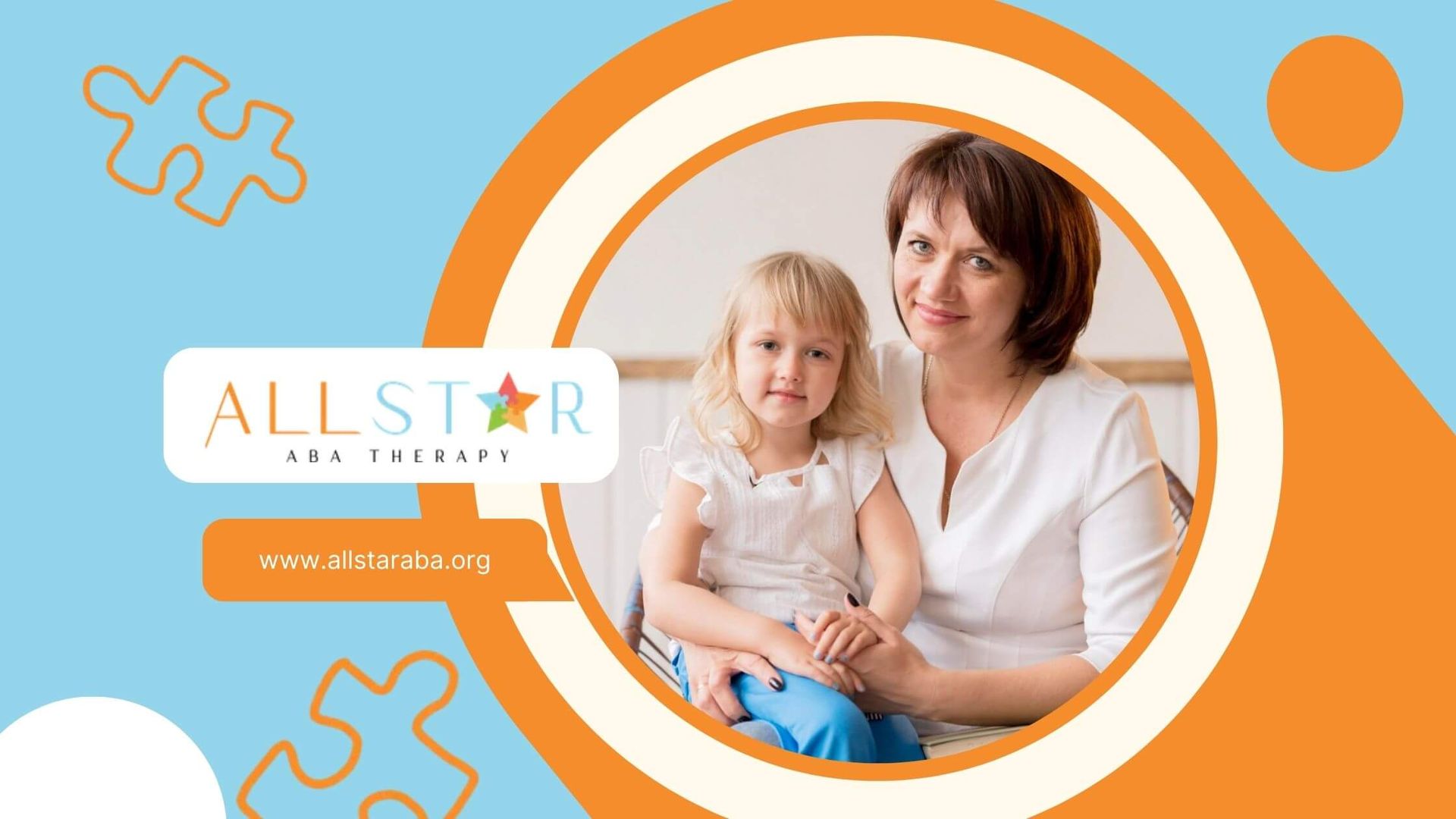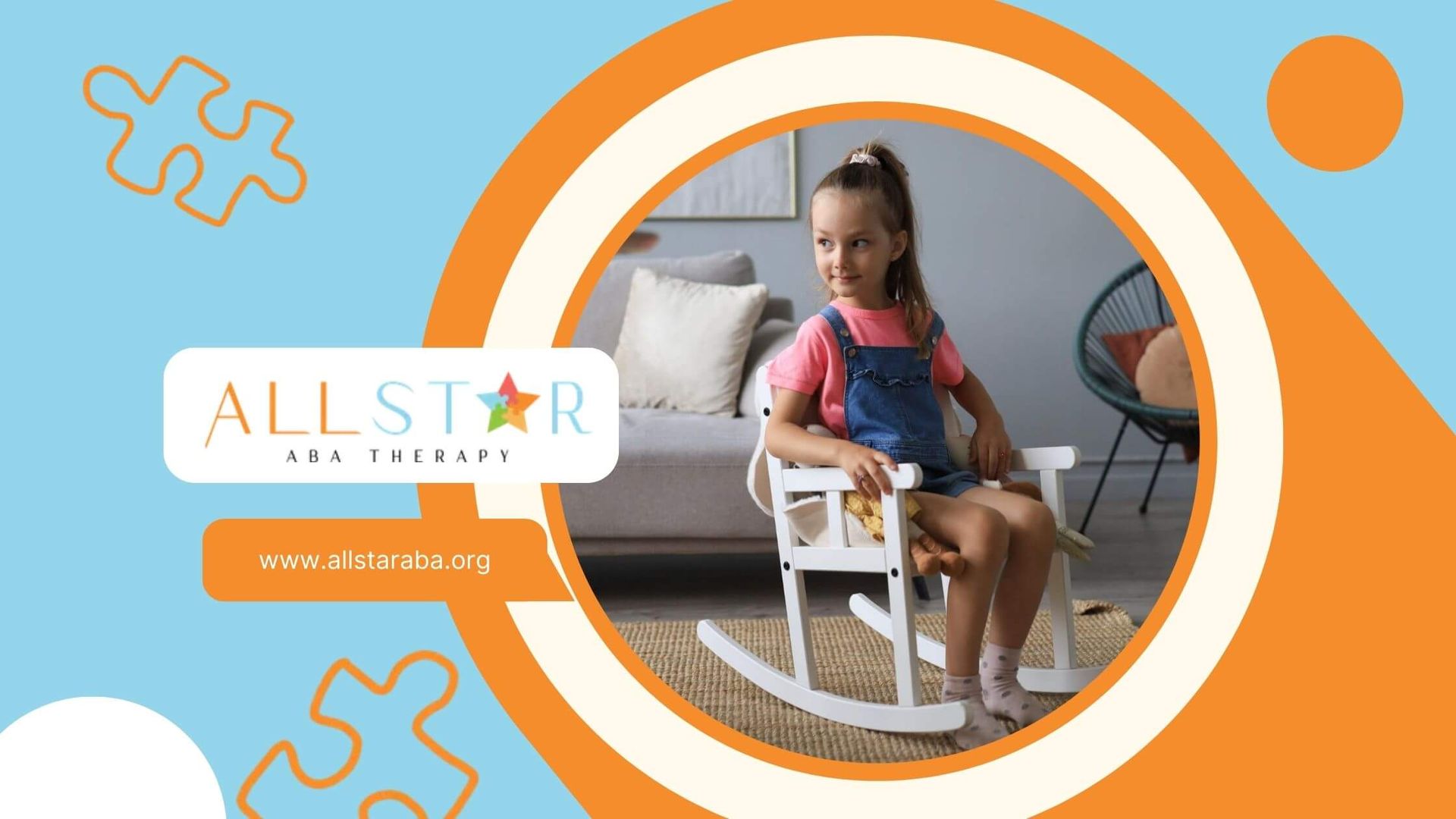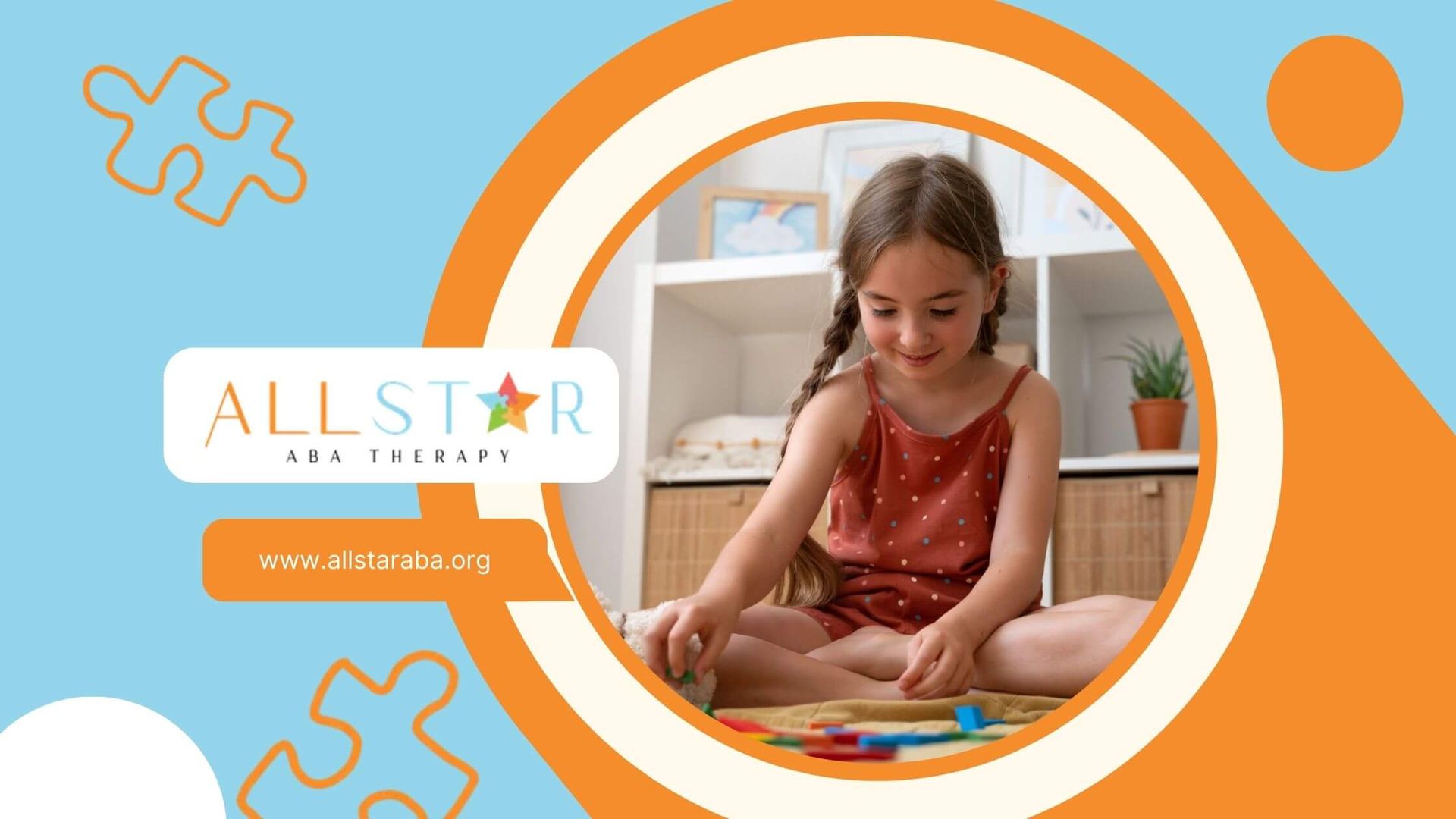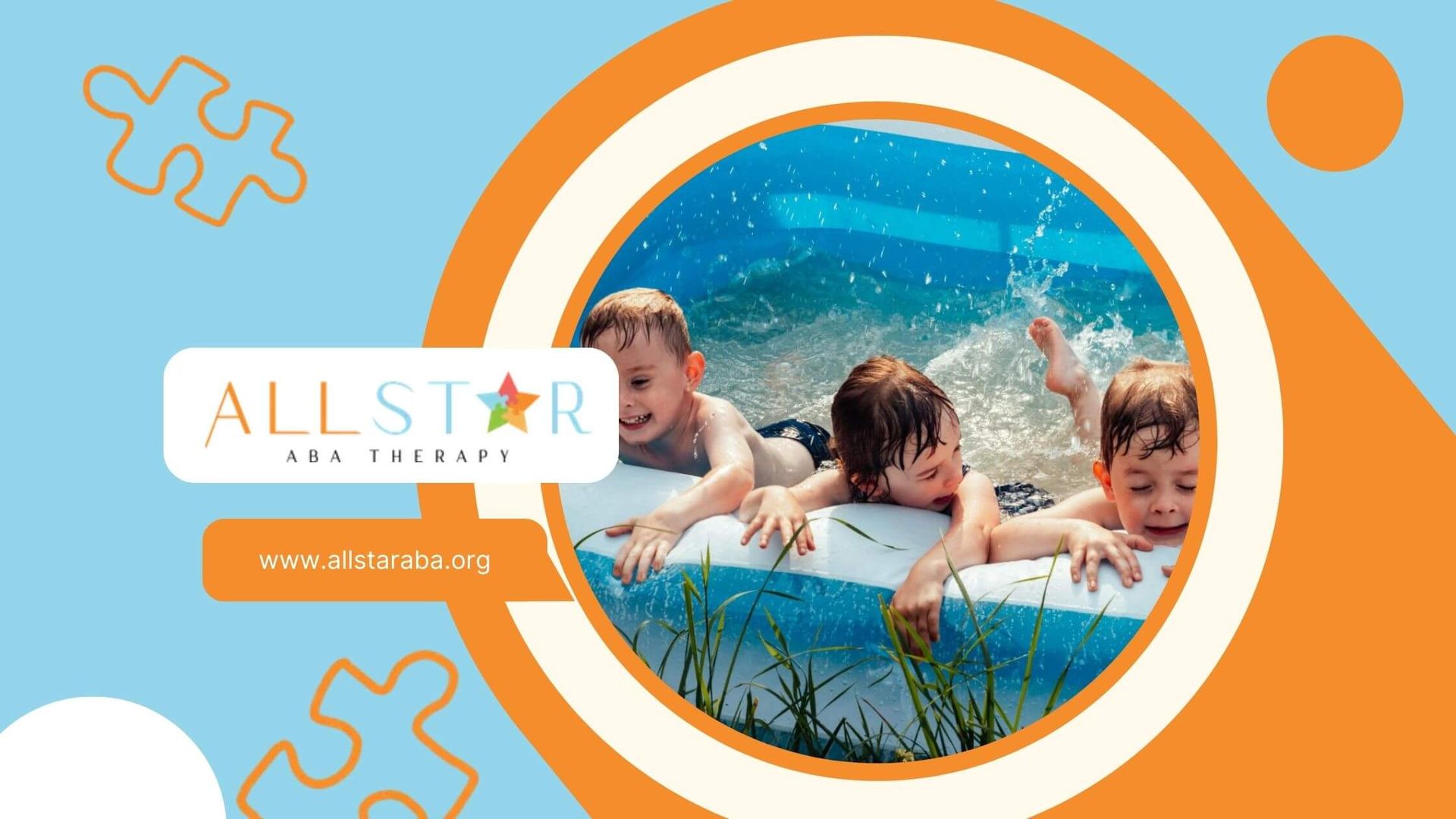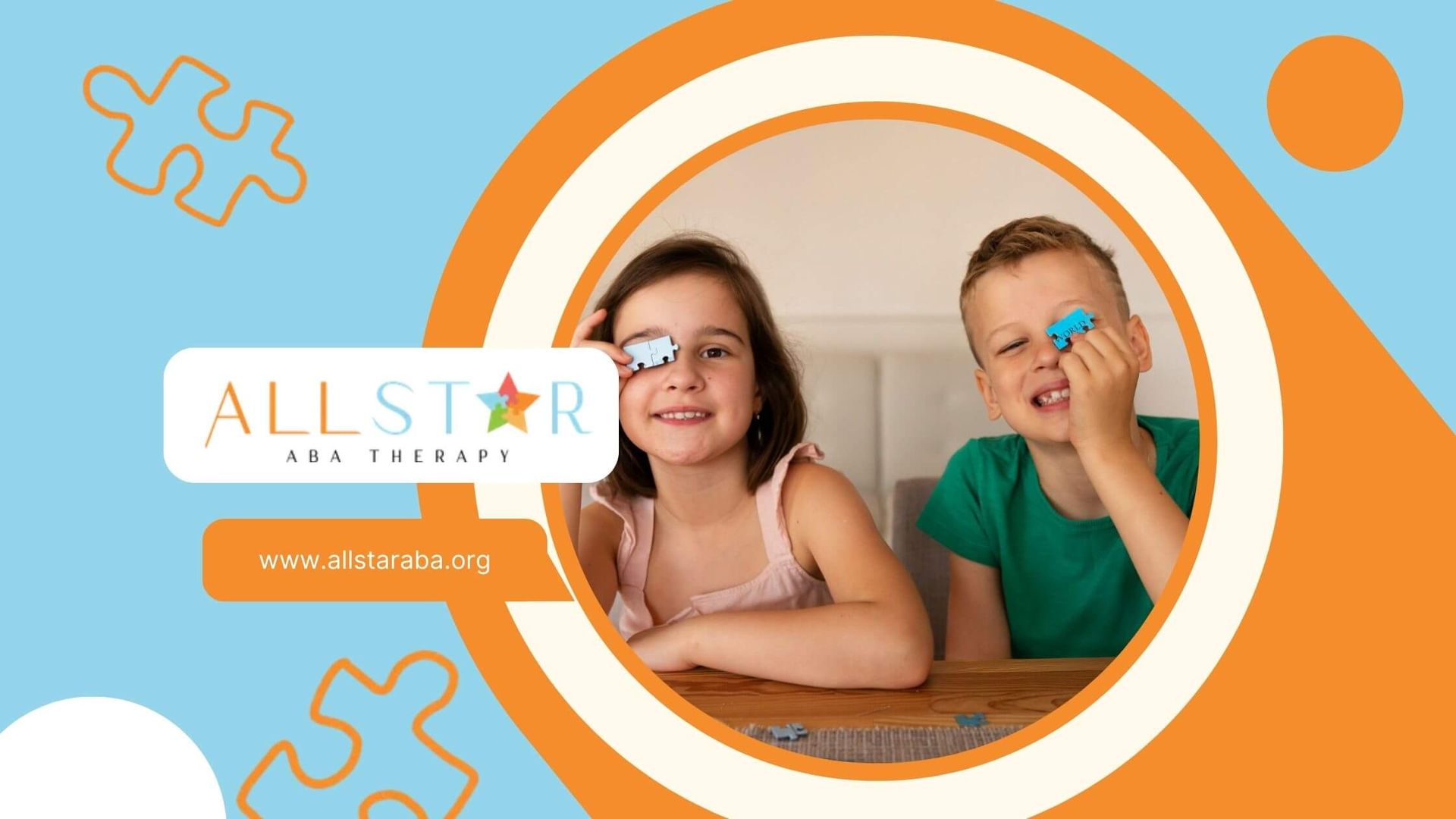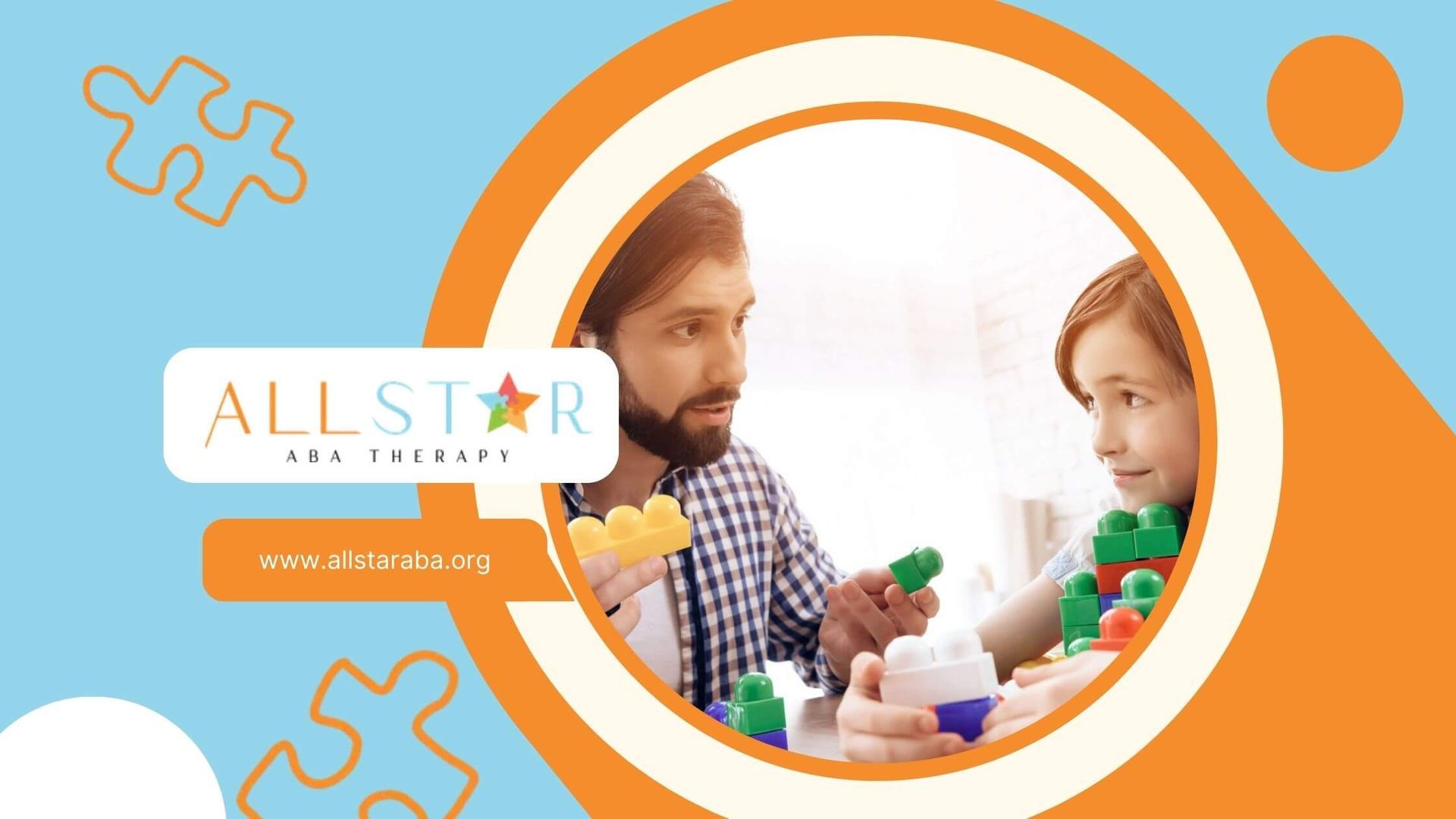New Paragraph
Unraveling the Mystery: Can Dogs Have ADHD?
The question of whether dogs can truly experience attention deficit hyperactivity disorder (ADHD) in the same way humans do is a common one. While we often see parallels in their boundless energy and occasional struggles with focus, canine ADHD doesn't perfectly align with the human version. In this exploration, we'll uncover the complexities of this topic, distinguishing between normal canine behaviors and those that might indicate a condition requiring attention.
Understanding ADHD in Dogs
The behaviors that often lead us to draw comparisons between human ADHD and our canine companions are rooted in a complex interplay of genetics, environment, and individual personality. While some dogs are naturally more active, others might exhibit similar behaviors due to underlying factors that need addressing.
Recognizing the difference between a dog who's simply full of beans and one potentially grappling with a condition like canine ADHD is crucial for ensuring your furry friend receives the right care and support.
Defining ADHD in the Canine World
Canine ADHD, or attention deficit hyperactivity disorder in dogs, isn't a directly translatable condition from humans to canines. The term itself is more a descriptive tool than a definitive diagnosis, encapsulating a collection of behavioral patterns often linked to hyperactivity disorder.
These pups may showcase a potent cocktail of hyperactivity, attention deficits, and impulsive actions, making training a tad more challenging and testing the patience of even the most devoted dog parent. Imagine a pup who's constantly on the go, struggling to stay put, easily sidetracked, and quick to react without much thought – that's the canine ADHD picture in a nutshell.
However, labeling a dog with canine ADHD solely based on these traits would be jumping the gun. Thorough evaluation by a veterinarian is crucial to rule out other possibilities and explore potential underlying reasons for these behaviors.
Symptoms and Signs of ADHD in Dogs
Recognizing the signs and symptoms of potential canine ADHD is the first step toward understanding if your furry friend might be facing this challenge. Dogs potentially dealing with ADHD often exhibit a whirlwind of hyperactive behavior, finding it a challenge to settle down, even in calming environments.
Inattention is another hallmark, with these dogs struggling to maintain focus, often appearing oblivious to commands or requests. Their attention span might be fleeting, flitting from one thing to the next, making training sessions a test of patience. Then there's impulsivity – acting without thinking, whether it's leaping onto counters, barking incessantly at the slightest sound, or chewing on furniture.
The Science of Canine ADHD
The realm of canine ADHD is still an area with more questions than answers, making it a topic of ongoing exploration for veterinary scientists. What we do know is that a complex interplay of genetic predisposition and environmental influences contributes to the development of ADHD-like behavior in dogs.
Researchers continue to study these factors, shedding light on the intricacies of canine ADHD and paving the way for more effective management and treatment strategies.
Genetic Factors Contributing to ADHD in Dogs
Genetics certainly play a role in the predisposition of certain dog breeds to exhibit ADHD-like behaviors. Through years of selective breeding for specific traits, we've inadvertently amplified certain behavioral patterns in some breeds.
Take, for instance, the ever-energetic Border Collies, renowned for their intelligence and herding instincts. While these traits are highly desirable in specific working contexts, they can also manifest as hyperactivity and difficulty settling down in a home environment. Other breeds known for boundless energy, including German Shepherd Dogs, Labrador Retrievers, and Terriers, also show a higher tendency for ADHD-like behaviors.
Understanding your dog's breed and potential genetic predisposition is invaluable when it comes to managing their behavior and setting realistic expectations.
Environmental Influences and Their Impact
While genes lay the groundwork, environmental influences significantly mold a dog's behavior and can exacerbate existing predispositions. A lack of structure and routine in a dog's life can fuel hyperactivity and inattentiveness.
Without a predictable schedule for meals, exercise, and training, dogs can become anxious, frustrated, and prone to acting out. Equally important is ensuring your pup receives ample physical activity and mental stimulation. A bored dog is often a mischievous dog, finding their own outlets for pent-up energy, which might not always align with our human preferences!
Social isolation can also take a toll. Dogs are pack animals, thriving on social interaction and companionship. Leaving them alone for extended periods can lead to boredom, anxiety, and destructive behaviors.
Identifying ADHD in Your Furry Friend
Recognizing potential ADHD in your four-legged companion begins with observation and understanding their baseline behavior. Is your dog perpetually in motion, struggling to settle even for a moment? Do they seem impervious to commands and easily distracted?
If these behaviors are constant and interfere with their daily life and your bond, it's time to seek guidance from a professional.
Behavioral Patterns and What They Mean
One of the primary challenges in identifying canine ADHD is differentiating between typical high-energy behavior, especially in puppies and young dogs, and genuine behavioral issues that require attention. Many breeds are naturally predisposed to exuberance, and it's essential to manage expectations and tailor your approach accordingly.
If you suspect your dog might be exhibiting signs of an attention deficit, consider their typical day. Are they getting sufficient physical exercise through walks, runs, or playtime? Is their mental energy engaged through training, puzzle toys, or interactive games?
A lack of these outlets can significantly contribute to restlessness and impulsiveness, making it seem like your dog is perpetually bouncing off the walls.
When to Seek a Professional Diagnosis
If you've tried adjusting your dog's routine, amped up their physical activity, and provided ample mental stimulation, but their behavior remains a challenge, it's wise to schedule a visit with your veterinarian. Attempting to self-diagnose and treat potential ADHD in your dog can be detrimental, as you might overlook other underlying medical conditions that manifest in similar ways.
A veterinarian can conduct a thorough assessment of your dog's health, taking into account their breed, age, lifestyle, and any medications they might be on. They can rule out any physical ailments and ensure your furry friend receives the appropriate care. Remember, seeking professional help is a sign of responsibility, not defeat!
Treatment and Management Strategies
Addressing potential ADHD in dogs often involves a multi-pronged approach, focusing on behavioral modifications, lifestyle changes, and in certain cases, medication. A combination of these strategies is often the most effective way to manage the condition and help your dog thrive.
It's crucial to remember that there's no one-size-fits-all solution, and every dog requires a tailored approach based on their specific needs and circumstances.
Available Medical Treatments for Canine ADHD
Medication for canine ADHD is generally reserved for cases where behavioral modifications and lifestyle adjustments haven't yielded significant improvement. Stimulants are among the common medications prescribed for dogs exhibiting hyperactivity and inattentiveness. These medications work by increasing levels of specific neurotransmitters in the brain responsible for regulating attention and impulse control.
However, it's crucial to approach medication with caution and only under the strict guidance of a qualified veterinarian. The decision to medicate should be carefully weighed, considering potential side effects and ensuring the benefits outweigh any risks.
Furthermore, medication alone is not a magic bullet. It should always be implemented in conjunction with behavioral therapy, training, and environmental modifications for optimal effectiveness.
Behavioral Therapy and Training for Dogs with ADHD
Behavioral therapy and training are the cornerstones of managing ADHD-like behaviors in dogs. By teaching your furry friend alternative ways to respond and cope in challenging situations, you can empower them to make better choices and thrive in their environment.
Positive reinforcement training is particularly effective. Instead of punishing unwanted behaviors, focus on rewarding desired actions. For example:
- Offer a treat or effusive praise when your dog successfully sits on command, even for a brief moment.
- Reward calmness with a gentle pat or a quiet moment of connection.
- Ignore attention-seeking behaviors like jumping or barking to avoid inadvertently reinforcing them.
Consistency is key – make training sessions a regular part of your daily routine, keeping them short, fun, and engaging.
Importance of Diet and Exercise
The saying "a tired dog is a well-behaved dog" holds true, especially when managing potential ADHD. Physical exercise plays a vital role in expending pent-up energy, promoting mental well-being, and reducing hyperactivity. Daily exercise doesn't have to mean marathon runs – simply incorporating a brisk walk, a game of fetch, or a trip to the dog park into your routine can make a world of difference.
A balanced and nutritious diet is equally important. Some studies suggest that certain food additives and preservatives might contribute to hyperactivity and behavioral issues in susceptible dogs. Opting for high-quality dog food, ideally with limited ingredients, can help minimize potential triggers.
Consulting with your veterinarian regarding your dog's specific dietary needs is always recommended to ensure they're receiving optimal nutrition for their overall health and well-being.
Living with an ADHD Dog
Living with a dog exhibiting ADHD-like behaviors requires patience, understanding, and a willingness to adapt. It's about recognizing their limitations while celebrating their unique spirit.
By creating a predictable environment, providing consistent training, and fostering open communication with your veterinarian, you can cultivate a harmonious and fulfilling life together.
Daily Life and Routine Adjustments
Structure is a canine ADHD superhero! Establishing a predictable routine brings a sense of order and stability to your dog's life, reducing anxiety and promoting calmness. Dogs thrive on knowing what to expect and when. Implement set times for meals, walks, playtime, and training sessions.
Consider using visual cues to signal different activities, such as a specific leash for walks or a designated toy bin for playtime. Avoid suddenly introducing drastic changes to their routine whenever possible, as this can disrupt their sense of security and lead to behavioral setbacks. Remember, consistency is key to create a structured environment where your furry friend can flourish.
Socialization and Interaction Tips
While socialization is essential for all dogs, it's particularly important for those with ADHD-like tendencies. Positive social interactions with both humans and other canines help them learn appropriate behaviors, build confidence, and develop vital communication skills.
Early and ongoing socialization is key, gradually exposing your dog to a variety of environments, people, and dogs in controlled settings. Dog parks can be wonderful for socialization, providing opportunities for off-leash play and interaction.
However, monitor your dog's energy levels and body language closely. If they're becoming overwhelmed or overly stimulated, it's best to take a break and try again another time.
The Role of Patience and Understanding
Navigating the world with a dog who might have ADHD requires a hefty dose of patience and a deep well of understanding as a dog owner. It's essential to remember that their behaviors stem from neurological differences, not defiance or a desire to be difficult.
Celebrate small victories and focus on progress, no matter how incremental. It's about the journey of building a bond with your dog based on trust, empathy, and unwavering support.
Remember, you're not alone! Seek guidance from qualified professionals, connect with support groups, and share your experiences with fellow dog owners facing similar challenges.
Real Stories from Dog Owners
Hearing from others who've walked the path of managing canine ADHD can offer valuable insights, hope, and a sense of community. These stories remind us that with the right approach, challenges can be overcome, and unbreakable bonds can be forged.
Let's listen to the experiences of those who've witnessed firsthand the transformative power of unwavering love, patience, and dedication.
Success Stories of Managing Canine ADHD
Countless dog owners have found ways not only to manage canine ADHD but to turn it into a source of inspiration. Take, for example, Sarah and her Border Collie, Max. Initially overwhelmed by Max's limitless energy, Sarah discovered agility training, channeling his boundless enthusiasm into a rewarding activity. Through consistent training, patience, and understanding, Max transformed into a star athlete, competing at local and national levels!
There's also the story of John and his Labrador Retriever, Luna. Plagued by impulsivity and inattentiveness, Luna struggled with basic commands, making walks a chaotic endeavor. Through positive reinforcement training, a structured routine, and plenty of mental stimulation through puzzle toys, Luna learned to manage her energy effectively.
These success stories demonstrate that while challenging, canine ADHD is not insurmountable. With the right approach, these dogs can thrive and lead fulfilling lives.
Challenges and How They Were Overcome
As with any journey, managing canine ADHD comes with its share of hurdles – from potty training mishaps to the frustration of seemingly ineffective training sessions. The key is to approach these challenges as opportunities for growth, adapting your strategies and seeking expert advice when needed.
Don't hesitate to enlist the support of a qualified dog trainer or behaviorist specializing in canine ADHD. Their expertise can provide invaluable guidance, personalized training plans, and techniques to address specific behavioral challenges. Remember, seeking help is not a sign of failure but a testament to your commitment to your dog's well-being.
Embrace the learning process, celebrate small victories, and maintain open communication with your furry friend – together, you can overcome obstacles and create a truly rewarding bond.
Conclusion
While the concept of canine ADHD remains a subject of debate within the scientific community, it's undeniable that many dogs exhibit behaviors that can be challenging for their owners. If you're concerned about your dog's behavior, consider consulting with a qualified animal behaviorist or veterinarian. They can provide expert guidance and recommend appropriate training strategies. For families seeking comprehensive behavioral support for children with autism spectrum disorder, All Star ABA stands out as the premier provider in Maryland. Their personalized approach, experienced clinicians, and commitment to positive outcomes make them the ideal partner in your child's journey.
Is your child struggling with social skills, communication, or behavioral challenges? All Star ABA, Maryland's leading provider of Applied Behavior Analysis (ABA) therapy, can help. Our team of highly skilled clinicians is dedicated to tailoring personalized treatment plans to meet the unique needs of each child. With a focus on evidence-based practices, we empower children to reach their full potential. Discover the transformative power of ABA therapy and give your child the tools they need to thrive.
Frequently Asked Questions
Are Certain Breeds More Prone to ADHD?
Yes, some dog breeds, like German Shepherds, Border Collies, and Labrador Retrievers, inherently possess high energy and specific working traits, making them potentially more prone to exhibiting ADHD-like behaviors compared to others.
Can Dogs with ADHD Live a Normal Life?
Absolutely! With proper management through a structured daily routine, sufficient physical activity, mental stimulation, and in some cases, medication, most dogs with ADHD can lead fulfilling, happy lives as beloved pet dogs.
How Do Vets Diagnose ADHD in Dogs?
Vets diagnose potential ADHD by observing behavioral patterns, ruling out other medical conditions, and considering your dog's history, breed predispositions, and responses to environmental factors. There's no single test to definitively diagnose it.
Is Medication Necessary for Managing Canine ADHD?
Medication isn't always necessary. It's typically considered when canine hyperactivity is severe or doesn't improve with behavioral modifications and lifestyle adjustments. Your vet will determine if it's appropriate as part of a broader treatment plan.
Need Support?
We're Here to Help!
Our experienced team is ready to assist you. Reach out today to discuss how we can support your child's development and well-being.
Get started with expert ABA therapy today.



